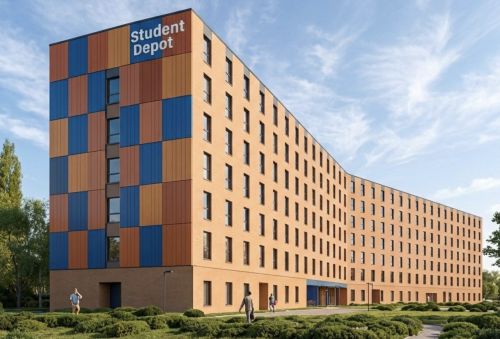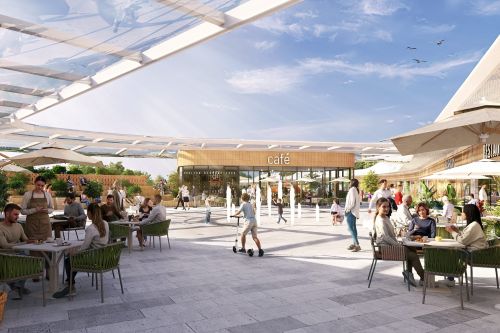The seductiveness of shopping centres is not simply a matter of achieving an attractive tenant-mix. To win a customer’s loyalty, his or her spiritual needs also have to be satisfiedThere was much talk some time ago about TriGranit, the Hungarian company which, during the development of the Silesia City Center shopping centre on the site of a defunct coal mine, also paid for the construction of a chapel. It cost almost PLN 1 mln to adapt an old building into a place of prayer. The investment proved to be a success, since the chapel turned out to be a significant place for Silesia’s customers – this being a multi-functional project. The shopping centre is to be accompanied by the construction of a 1,000-home estate, the presence of the chapel being the natural result of the existence of such an estate. And it wasn’t only the future residents that the centre’s investor was thinking of, but also of Silesia’s personnel. Such a spiritual element is nothing























































